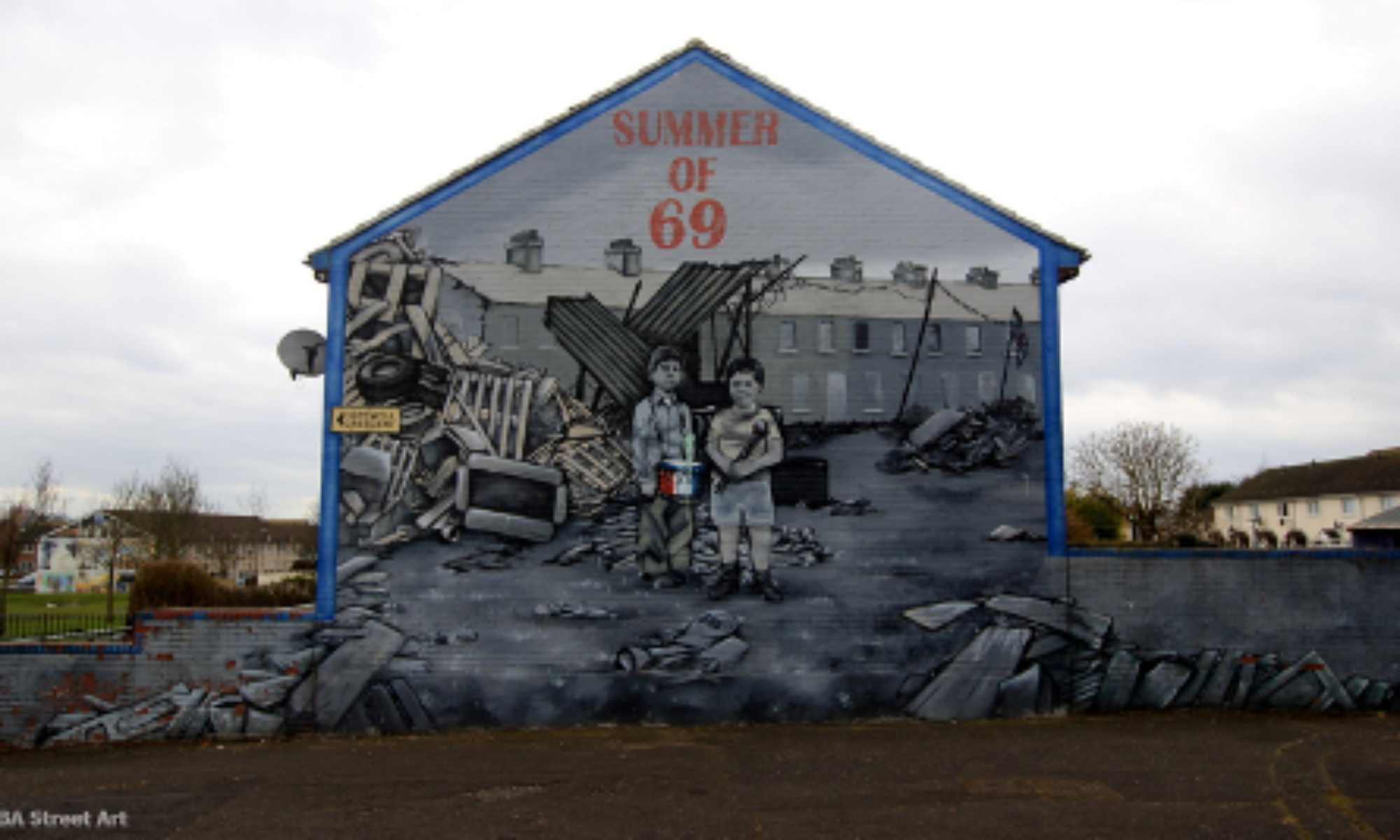One of the biggest themes we have looked at this semester is hope. Hope for change and hope for love. Following the readings, we have looked at so far, hope plays a big role in the conflict and the actions of the characters. The characters in the texts use hope to drive them in the fight for change.
In MLK’s texts, The Voices of the Chicago Eight, and Catonsville nine, all of these individuals fought for equality of all people. In MLK’s texts, he was fighting for equality between races and he used hope to drive the movement and the people fighting for equality. Additionally, an important metaphor was presented to the class in the video on Huey Newton. Newton states that the Black panther group is the tip of a spear while the people are the butt of it. He explains that without the butt (of the spear) the tip would be as dangerous as a toothpick. This metaphor is important because it shows that the leaders of the movement are important, but the people and their hope is what drives change. When considering MLK, he had a huge impact on the Civil Rights Movement but the hope of the people is what made more of an impact.
Another important theme is hope defeated by violence. This theme can also be seen in the texts above. When looking at this theme, we can see that the people and their hope are hit with opposition from the “higher power.” This “higher power” in most of these pieces is the Justice system. Specifically, the police are seen as exerting violence onto those that are fighting for change and those that have hope. This hope is shot down by this oppressor and it either becomes fear or anger. This change in emotions significantly alters the momentum and trajectory of the movement because it threatens hope.

The butt of the spear is a good metaphor – it strikes me as similar to the analogy of the weakest link in the chain, or many strands bound together to make a strong rope. The emphasis on collectivism here is obvious, and a hallmark of left-wing activism. While my views on collective action as a way of life are rather negative, I fully appreciate the power of it in transforming societies.
I would like to address this metaphor of the leader being the tip of a spear and the people of the cause being the butt of the spear. I do agree with the main point of the metaphor, but I wonder if we can think about it in a different way. The tip of the spear is the leader yes, but many times it could be the person or small group of people who originally started the cause. Obviously, without this person or people, the cause may not have even been addressed and the revolution and protests may not have ever come about. I still think that the people behind the cause are the butt of the spear, but I think it should be important to note that they would probably not do as much harm as this part of the spear without their leader, the point. It was noticed that the tip would be less harmful than a toothpick without the strength of the people, but it seems that the strength of the people would also not be very helpful without the sharp point at the end, which is the leader, to deliver the fatal blow in order to win in their revolution.
I forgot the metaphor from the Huey film so thank you for reminding me of that! With that said, I want to push back a little on your interpretation of it. When interpreting that metaphor, you mentioned that the people and their hope represent the butt of the spear that gives the movement power. Later you mention how oppressive forces like the police are able to crush the hope of the people through violence, turning them towards fear and anger. Does this really mean that the police/oppressive force has succeeded in crippling the movement because they’ve taken away the hope (the butt of the spear)? I personally don’t think so and in that sense don’t think that hope is absolutely essential to keep a movement going. While perhaps more likely to lead to chaos, I also believe that anger, such as that stemming from police backlash, provides fodder for a powerful movement
You bring up an interesting point that the hope of the people is destroyed by the violence of the “higher power,” the institutional authority. I’ve noticed across many of the texts that, although (white conservative) history typically remembers the Black Panthers and Chicago Eight as violent protesters, the actual “first blow” in a violent struggle often comes from the police or government. This incessant denial of rights by the authority structure causes people to lose hope in ever seeing a change in their lifetime, then driving them to take more dramatic action to fight for their rights. We’ve seen this in both the US and Ireland, as American civil rights protesters moved toward a more militant approach after MLK’s assassination and as Northern Irish citizens grew more radicalized in the aftermath of Bloody Sunday. The violence of the oppressor thus is often the driver for the oppressed to retaliate in violence when they feel like they have no other option for enacting change.